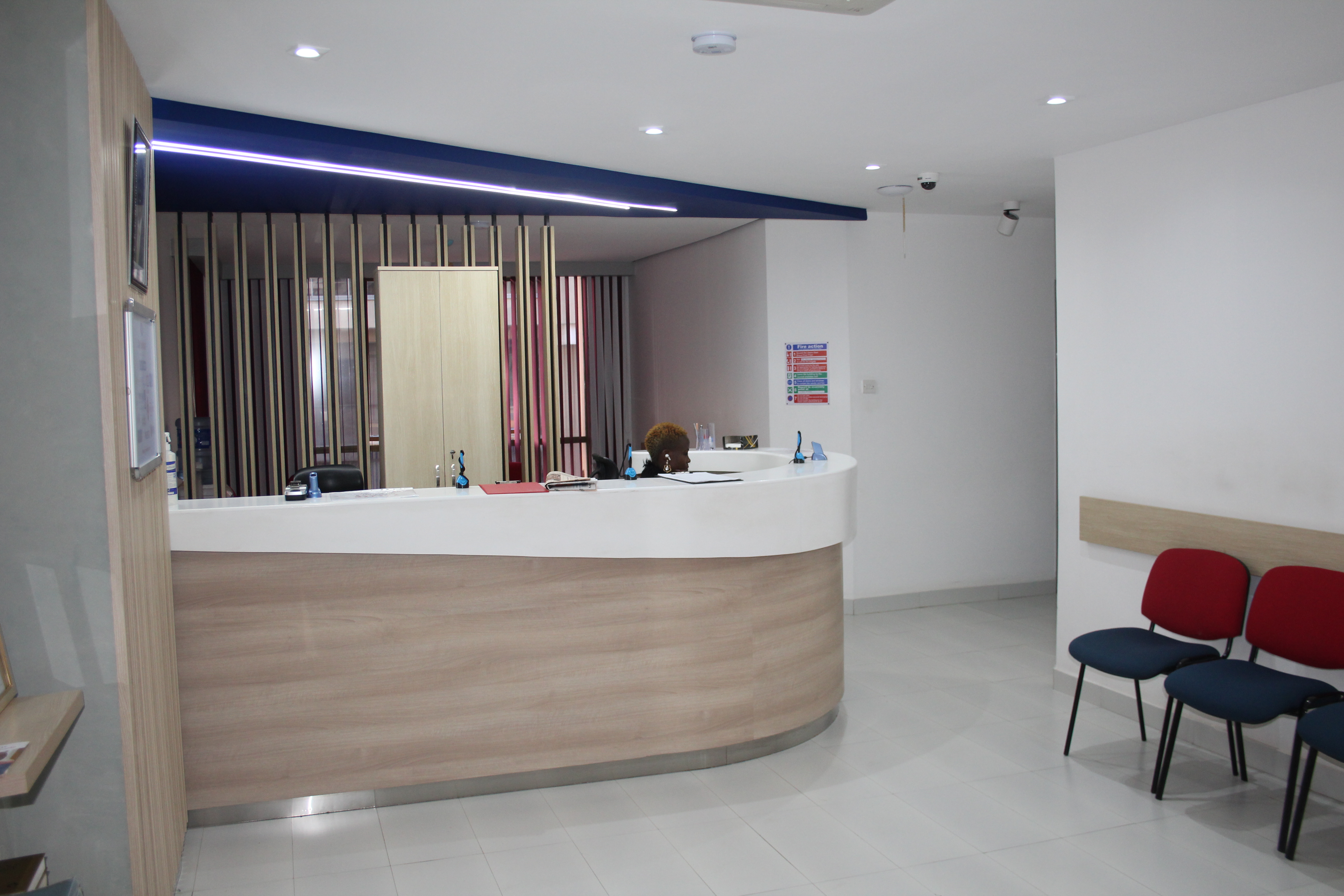Comprehensive Diabetic Services
All persons with diabetes are at risk of getting diabetic retinopathy. In younger people with diabetes, the onset can be rapid, whereas in older people, it may come on more slowly. After 10 years of living with diabetes, most people will have some degree of retinopathy, but this is not usually sight-threatening.
Understanding Diabetes Retinopathy
Diabetic retinopathy is a diabetes complication that harms the eyes. High blood sugar levels damage the retinal blood vessels, leading to bleeding. If left untreated, it can lead to significant vision loss and even blindness.
The retina is the light-sensitive layer at the back of the eye that enables you to see. It does this by converting light and images into signals that are sent to the brain. Damage to the retinal blood vessels can cause blurry vision or vision loss.
Diabetic retinopathy often has no early warning signs. Therefore, if you have diabetes, do not wait for symptoms, but instead undergo a comprehensive dilated eye exam at least once a year.
As the disease progresses, you may experience some of these symptoms:
- Poor reading vision
- Blurred and fluctuating vision (often linked to blood sugar levels)
- Floaters and flashes
- Sudden loss of vision
Services Offered Include:
- A detailed screening for persons living with diabetes
- Diabetes eye disease preventive measures
- Eye surgery (where necessary)
- Raise diabetic retinopathy awareness through our outreach program
